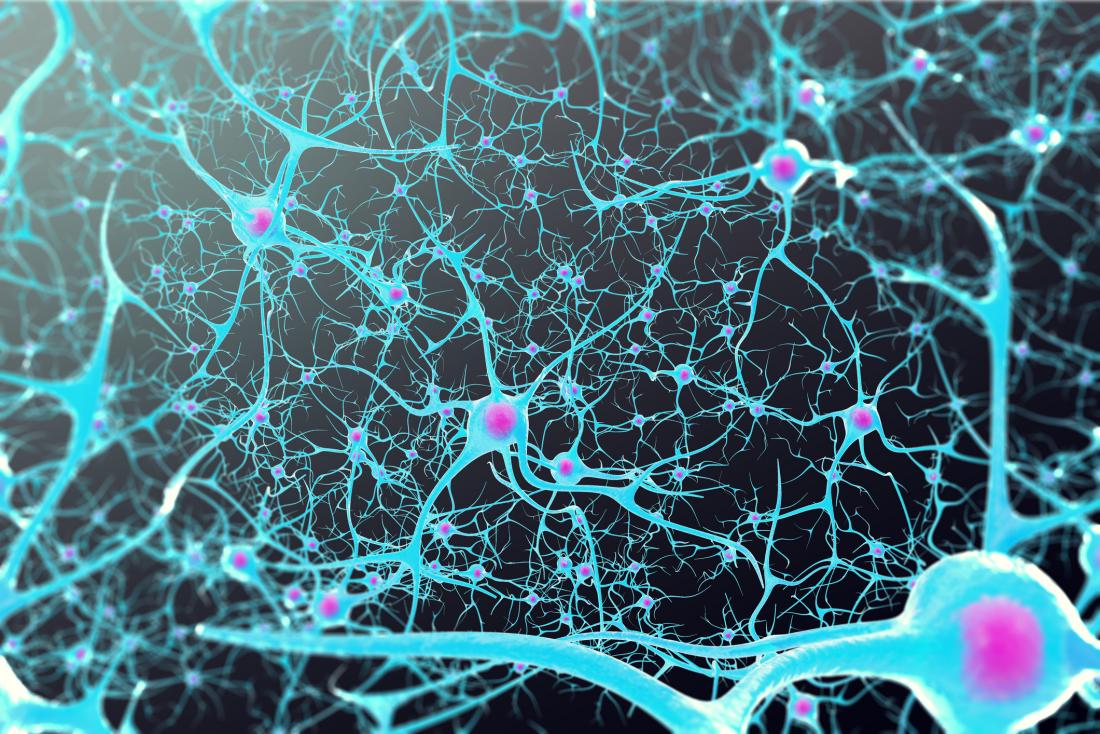Brain activity is the term used to describe the electrical and chemical activity that takes place within the cells of the brain. This activity is responsible for our thoughts, feelings, and actions.
The brain is made up of billions of neurons, which are cells that communicate with each other through electrical and chemical signals. These signals allow us to think, feel, and move.
The activity of neurons is controlled by a variety of factors, including genes, hormones, neurotransmitters, and other chemicals. All of these factors can influence how active or “awake” our brains are at any given time.
There are many different ways to measure brain activity. The most common method is through electroencephalography (EEG), which records the electrical activity of the brain using sensors placed on the scalp. Other methods include functional magnetic resonance imaging (fMRI), which measures changes in blood flow in the brain; positron emission tomography (PET), which uses radioactive tracers to measure metabolic activity; and magnetoencephalography (MEG), which measures magnetic fields produced by electrical activity in the brain.


